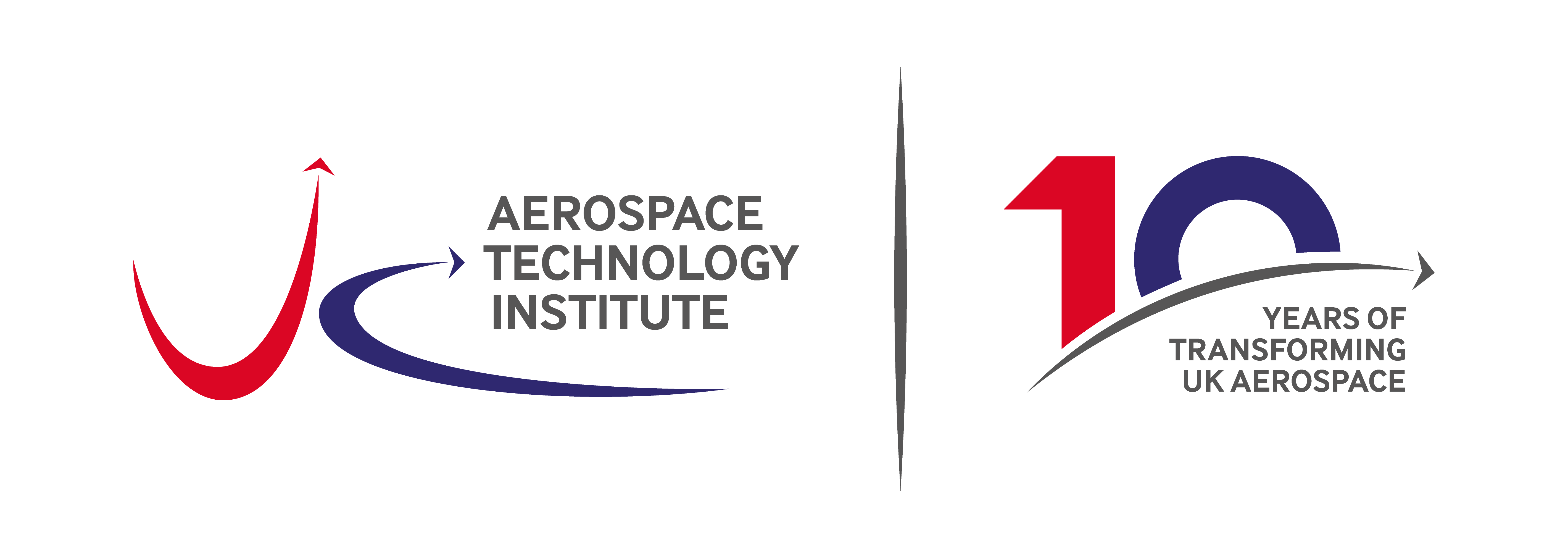Roundtable inspires closer collaboration on hydrogen
FlyZero and the West of England Aviation Forum (WEAF) held an online roundtable discussion on design, test and validation infrastructure to enable hydrogen and electric flight on 23 November, bringing together a panel representing industry and research, along with airports and airlines.
The event followed FlyZero’s recent announcement it had identified hydrogen as the best potential fuel source for a zero-carbon emission commercial aircraft.
The event was chaired by WEAF CEO Colin Turner and FlyZero technical assistant and electrical engineer Bethany Hall. Colin explained that there is already much discussion and stakeholder involvement locally around the industrial development of zero-carbon technologies. “We want to do things in partnership with the national agenda, which is why we are running this event with FlyZero,” he said.
Around 100 people attended and took part in discussions around the topic. There were also short presentations from the Connected Places Catapult’s aviation and technology innovation lead Andrew Chadwick, easyJet’s director of flight operations, David Morgan, GKN Aerospace’s director of technology strategy and ecosystem collaboration Adrian Bates, and ZeroAvia’s VP Europe Sergey Kiselev. Each brought their own perspectives on the issues aerospace faces as it looks to develop and introduce a new generation of zero-emission aircraft.
Also speaking was FlyZero chief technologist Mark Pacey, who outlined what the project is doing to understand the verification and validation requirements to develop zero-carbon technologies for future products. “We are looking at the whole aircraft structure and ecosystem and the contribution that can be made by different technologies,” he explained. “We have to build towards zero-carbon through the use of demonstrators, these are not just of the aeroplane technologies but also airport technologies, and the entire fuel supply chain.”
The challenge is operating with novel fuel sources, Mark continued. “We are developing technology roadmaps that are informing how the UK could go forward to realise the technologies we have been studying,” he said.
The UK needs to develop concept vehicles and build synergies with activities taking place in other organisations, Mark added, and be part of collaborative worldwide efforts going forward.
“We need test development for liquid hydrogen powered gas turbines, electrical aircraft, and for aerostructures – particularly the dry wing,” he said. “The aerospace industry today has no experience of working with liquid hydrogen as a fuel. The units that we use, the systems are going to change substantially.”
Not only will a lot of test facilities be required within a short timeframe to support development of a zero-carbon aircraft by the end of the decade, another challenge will be accessing a large enough supply of liquid hydrogen for testing.
“Infrastructure and the supply network need addressing in parallel,” Mark added. “This is a rapid technology development programme. It is going to be a substantial one – it needs a lot of investment and infrastructure.”
Potential collaboration
During the roundtable part of the event, invited speakers from Airbus, Bristol Airport, Carlton Power, HSE, the Heart of the South West Local Enterprise Partnership, Rolls-Royce and UK LSL joined the existing panel to consider the way forward for aerospace. During lively discussions and questions from the audience, panellists began to explore potential collaborations in terms of skills and facilities for both the South West and the country as a whole.
Some key points from discussions were:
- Expertise in handling liquid cryogenic hydrogen will be needed across the industry, led by organisations like the HSE
- A strategic view of investment is needed to maximise the business case for significant infrastructure
- Common infrastructure that multiple organisations can use to do testing and validate their technologies is needed, such as fuel test rigs
- Testing needs to be conducted in a way that best supports industry, taking a multi-output view to avoid any duplication of efforts
- Important to categorise testing and consider if it should be done in the UK or can be done more cost-effectively overseas
- Need to work to understand existing facilities and help industry make better use of them
- Need a framework in place to deliver the validation value stream including fuel production and supply, infrastructure build, component and system testing – there is plenty of scope for collaboration between stakeholders.
“We’re going to need to set aside competitive concerns at times,” Mark Pacey added. “We have to look at how we realise this test structure and organise it in such a way that it gives access to all the organisations that are going to need it.”
Thanking everyone who took part in the event, Mark said that while a wide variety of views had been shared, there was a common determination to deliver this. “If there’s one word that summarises the whole event for me, it is collaboration,” he concluded. “There are facilities out there that can be used and we need to get together to work out how we are going to do it.”
Working on the zero-emissions future
Mixed economy
The Connected Places Catapult is currently conducting research for the Department of Transport into the impact and challenges for airports of hydrogen and electric-fuelled aircraft. The existing fuelling structure will not work with hydrogen, and it is predicted that there will be a mix of fuels to include electric, hydrogen, kerosene and sustainable aviation fuel (SAF). “We are looking at investments and actions needed by airports and performing dedicated demonstrations,” Andrew Chadwick explained. “In early 2022, we will actually be fuelling and defueling a hydrogen aircraft at a UK airport.” Go to Connected Places Catapult – Driving Innovation in Urbanism and Mobility to find out more.
Be bold
For easyJet, decarbonisation of aviation is a central strategic pillar, with the company recently signing up to the UN Coalition’s Race to Zero. The airline will be publishing its roadmap to achieving this early next year, David Morgan explained, adding that by 2050, easyJet would aim to have zero-emissions aircraft as 90% of its fleet.
“The next few years are going to be crucial in getting knowledge and understanding in place so we can deliver something in time,” he added. “We have to be bold – the consequences of not doing so are disastrous.”
Defining facilities
GKN began looking at the development of fuel cells and a cryogenic drive in its H2GEAR programme in December 2020, with the aim of reaching technology readiness level (TRL) 6 in 2025. Adrian Bates remarked that the test facilities required do not currently exist in the UK due to the complications of cryogenics and thermal management. “We’ve already started the definition of our test facilities and we are looking to bring those online as we come into the backend of next year,” he said. “This will progress as we move through systems into ground test.”
Scaling up
ZeroAvia is currently using an onsite electrolyser at its base in Cosford to produce green hydrogen for its zero-emissions regional aircraft development. The company is taking an incremental approach to developing its retrofittable, hydrogen-electric powertrain. ZeroAvia aims to certify a hydrogen-only option for up to 20 passengers by 2024 before moving on to develop a solution for larger aircraft.
“This is work in progress – we are at the beginning of the journey with a Dornier 228,” Sergey Kiselev said. “We are aiming to begin flight tests of our hybrid battery electric and hydrogen system around the end of this year. Of course, all these timelines are ambitious, they are trying to push the limits, but the momentum is there – more and more players entering the space.” To find out more, go to: ZeroAvia Accelerates the Transition to Zero Emission Flight – KTN (ktn-uk.org)

